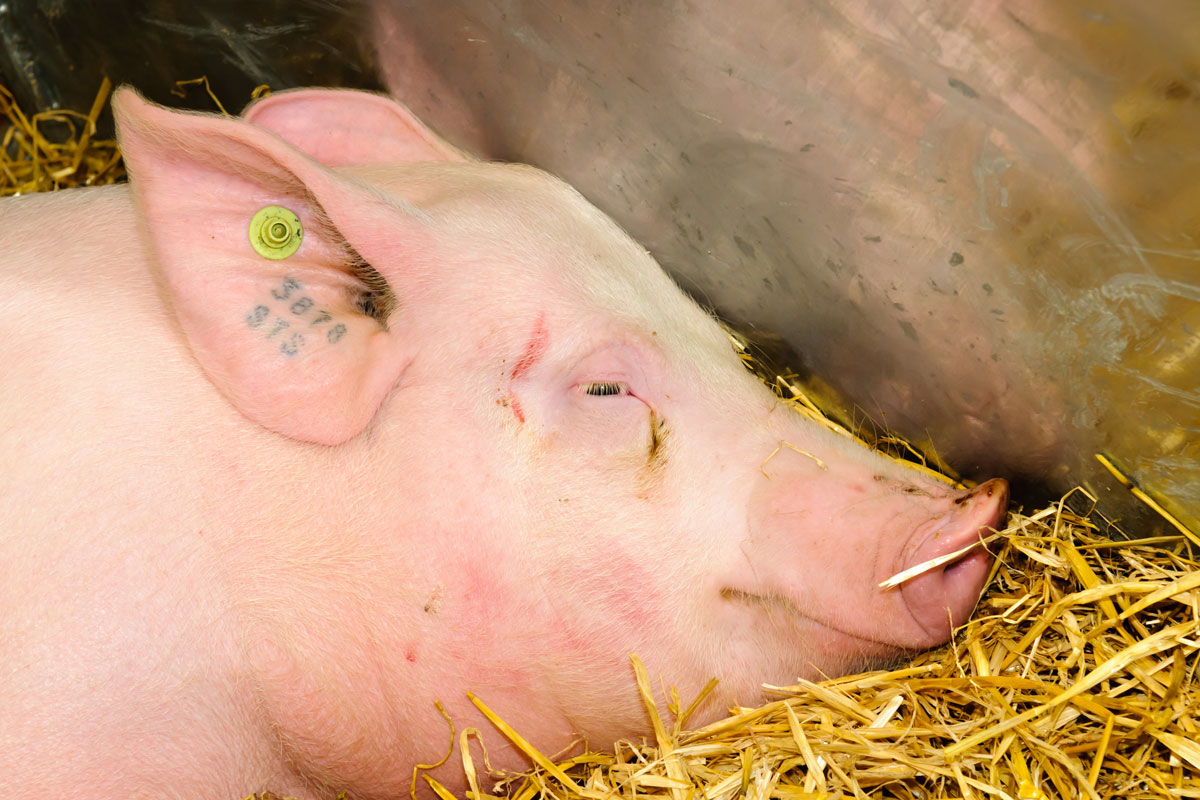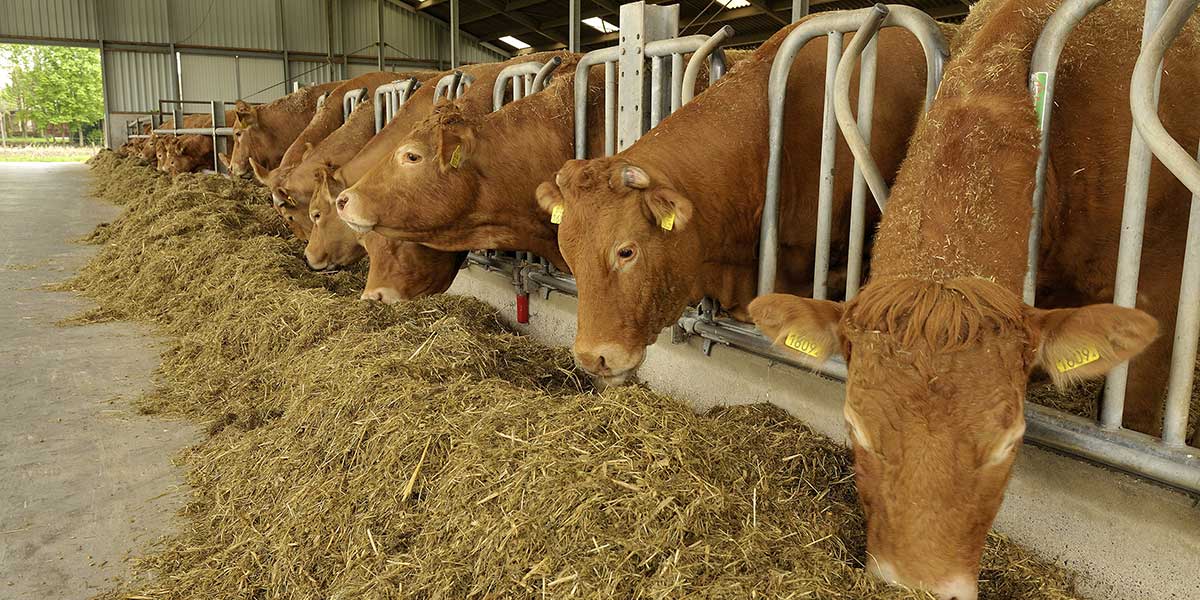
One of the most basic goals of good livestock management is to keep track of your animals, which means employing a reliable system of identification. Among the various methods available to positively identify cows, sheep, goats, pigs, and other livestock, the most common include tagging (with plastic ear or neck tags); and, at the high-tech end, RFID (radio frequency identification) using a transponder to relay the animal’s info and location.
Whatever method you adopt, it should be appropriate for the type of animal and the size of the herd. Moreover, since none of the aforementioned methods is completely foolproof—ear tags can fall off, transponders can malfunction—it is prudent to have a redundant identification system in place.
Whether used as the primary system or a backup, one of oldest and the most reliable methods is animal tattooing, which is especially popular among hog farmers. Not only is hog tattooing reliable, it is fast, simple, portable, and cost-effective. It is also suitable for every stage of the hog’s productive life cycle, from piglet to farm to slaughterhouse to market. Last but not least, hog tattooing enjoys the advantage of being a permanent form of identification.

Simply put, this method consists of applying a series of alpha-numeric characters (letters and/or numbers), via a series of spiked dies made of nickel-plated steel, to an unobtrusive area of the animal’s skin.
Depending on the age, size, and gender of the hog, the dies can range in size from 8mm (5/16″) to 16mm (5/8″). The mark they produce is a pattern of closely spaced dots depicting readable characters.
Typically, at a farm the tattoo is applied directly on the inside of the ear or on the skin of the neck area behind the ear. If the pig is destined for slaughter, it is usually applied on the shoulder or back.

As a side note, two new tattooing methods have recently been developed, namely, the tattoo injector and the laser tattoo. These methods are reported to completely eliminate the pain and stress of conventional tattooing, which may potentially cause the hog carcass to produce poorer quality meat (pale–soft–exudative, or “PSE”). That being said, the traditional tattoo plier-with-dies causes very little pain and minimal stress to the animal—more or less comparable to getting a flu shot at the doctor’s office. And it is certainly much less painful and stressful than branding.
Hog Tattooing Equipment

It goes without saying that you can’t have a tattoo without ink! The ink used for an animal tattoo can be green or black (or sometimes white). High-quality ink is antiseptic and biologically inert, which means it won’t fade completely away over time or be absorbed into the bloodstream.
Black ink is preferred for normal use. However, with dark-skinned pig breeds on the farm, green shows up the clearest; and fading is minimal as the animal matures.
The tools and materials required for tattooing are few and inexpensive. Besides the ink, you’ll need a minimum of four sets of spiked dies, of each size required, numbered 0 to 9, along with applicator tools designed to hold the different-sized dies.
You’ll also need an ink brush (or a toothbrush will do). In addition, to prevent infection of the tattooed area, be sure to have a topical antiseptic on hand such as rubbing alcohol (70% isopropyl or similar surgical spirit).
Hog Tattooing Procedures
The basic procedures for tattooing a hog with a tattoo pliers are as follows:
- Set up the applicator with the desired sequence of dies.
- Hogs can be energetic, squirmy critters. Keep the animal restrained while it’s being tattooed, using a neck clamp or narrow passage.
- Clean the area of application with rubbing alcohol or surgical spirit.
- Pierce the skin of the ear with a firm, quick motion and remove the pliers.
- Rub a small amount of ink onto the tattoo area so that it fills the holes left by the dies. Any excess ink on the outer skin will disappear over time, leaving behind a readable mark.
Once you’re done, clean the dies and applicator by soaking in a solution of warm water and detergent (nothing harsh or abrasive!). Afterward, rinse the equipment, soak it in disinfectant for a few minutes, and then dry it with a cloth or hair dryer.
If using a “hog slapper,” the procedure is similar. The main difference is that the dies in the tattoo hammer are first inked with an ink pad.
The Ketchum Mfg. Co. website carries a wide range of quality hog tattooing and other animal tagging products.







